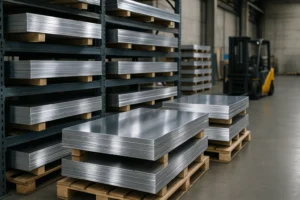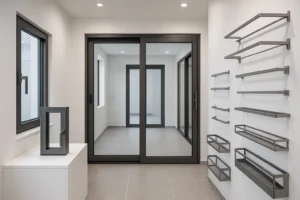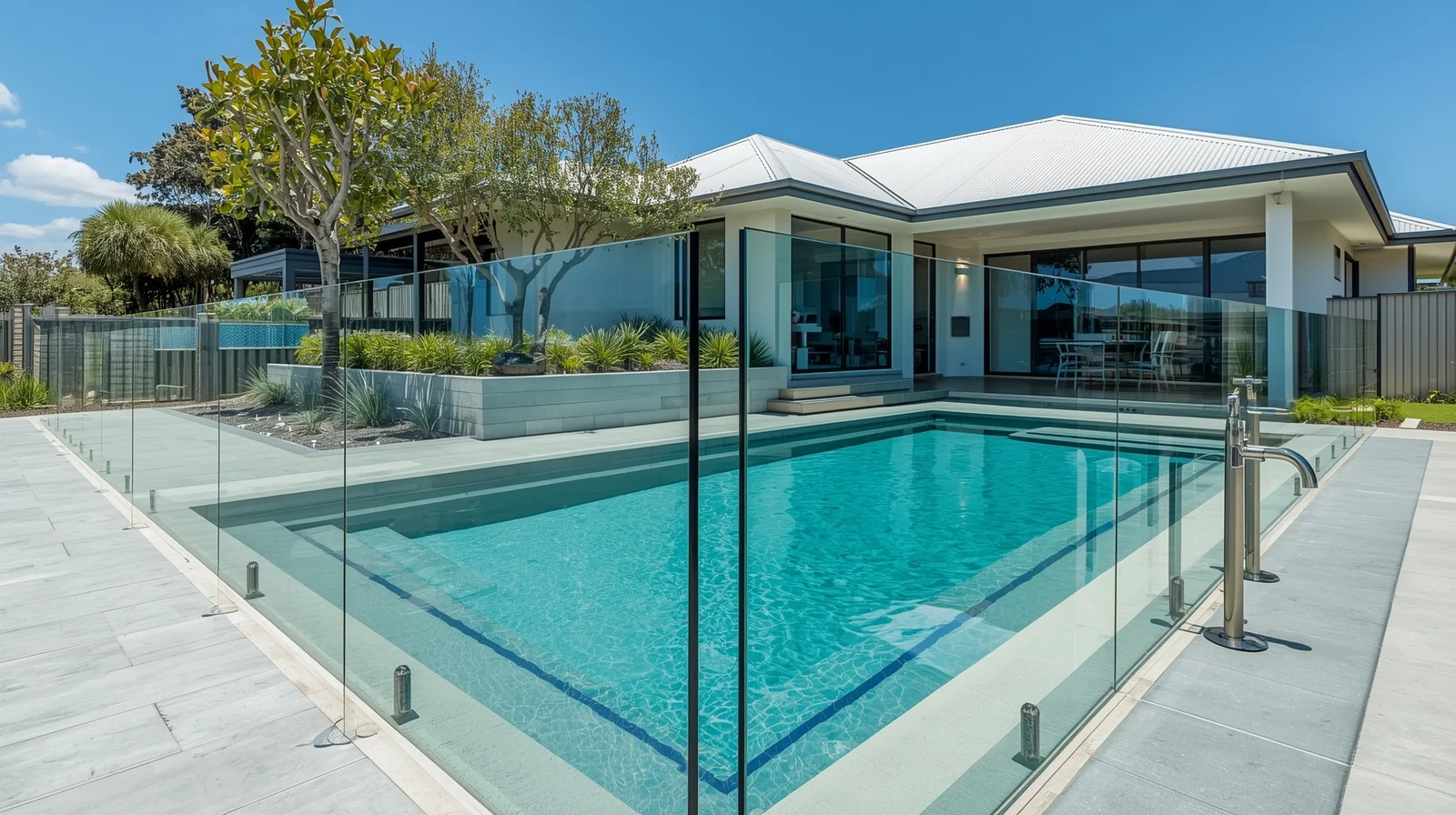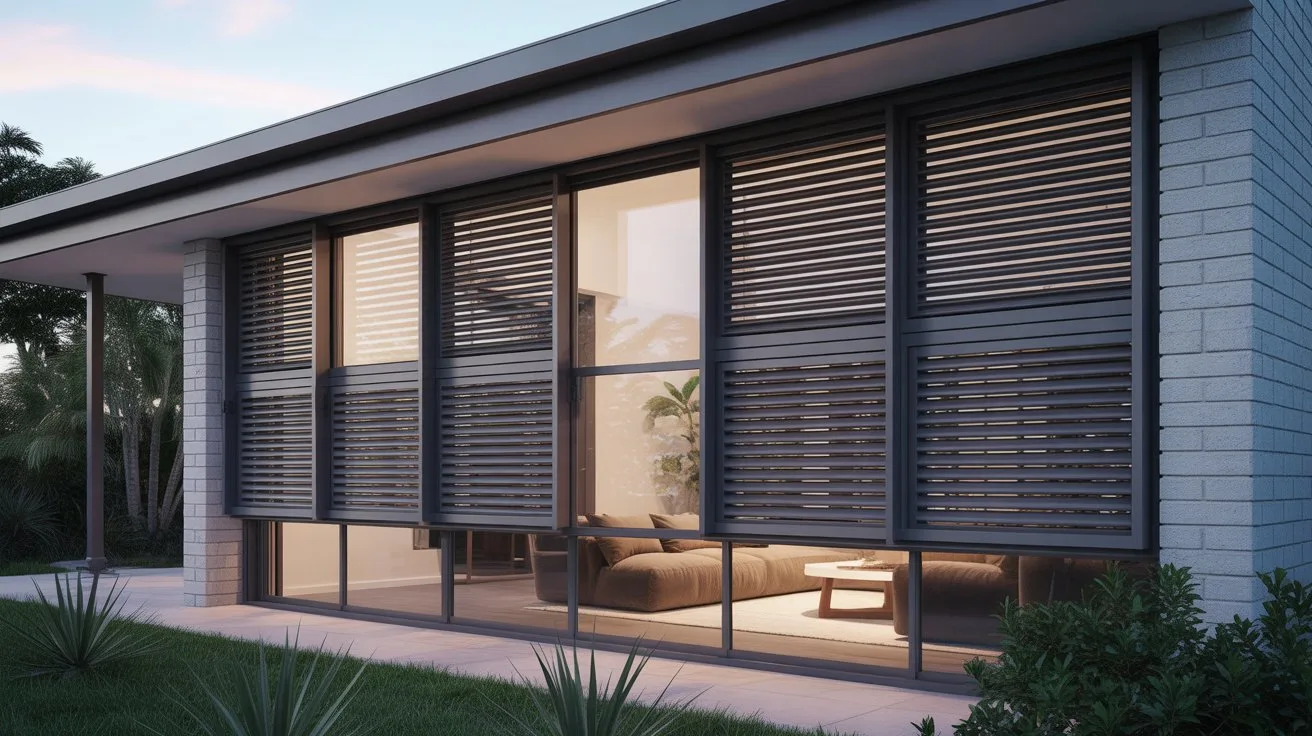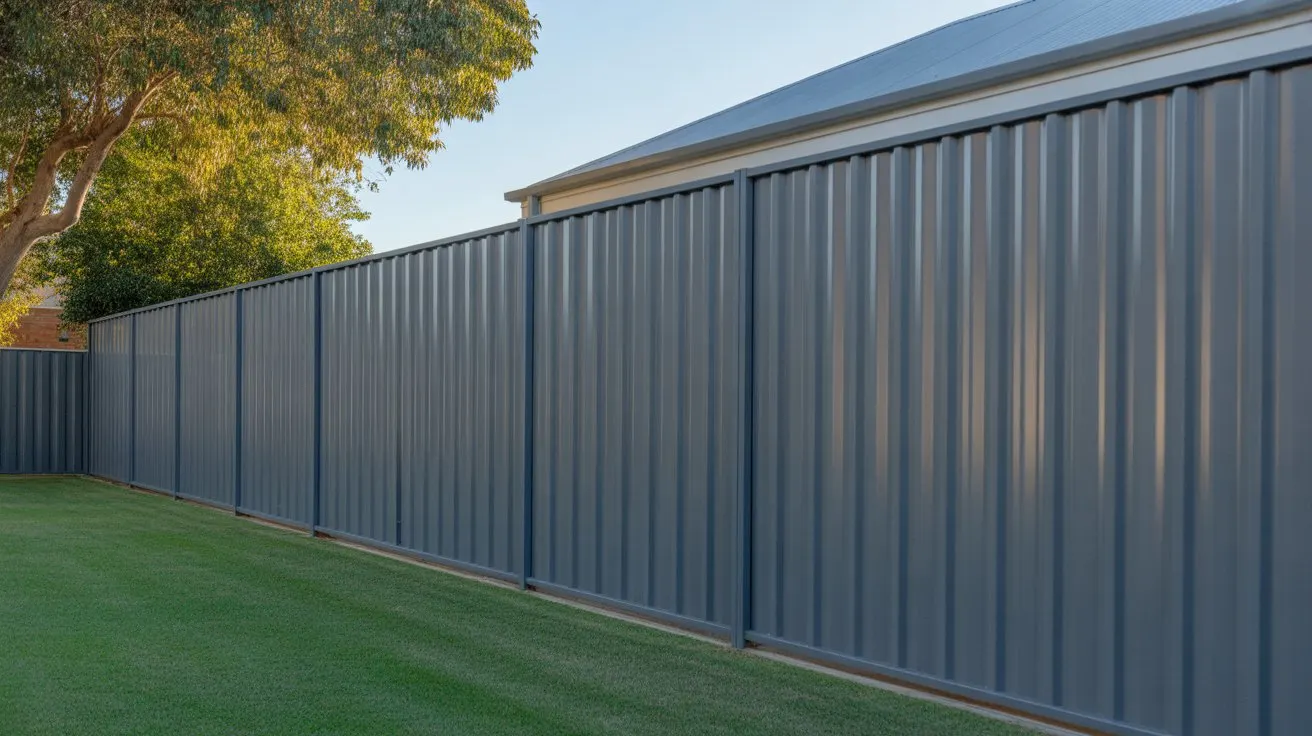Aluminium is found everywhere from the stylish frames of modern laptops to towering aircraft and eco friendly vehicles. It plays a vital role across industries, with wide ranging applications that showcase the uses of aluminium in industry, its important benefits, and how fabrication services transform raw aluminium into durable, high performance components known as fabricated aluminum.
Understanding “what aluminium used for”
At its core, what aluminium used for answers a question about a remarkably useful metal. Aluminium is prized for its lightweight, strength to weight ratio, corrosion resistance, and ability to be fabricated into countless shapes. Australia, for example, produced 20.3 million tons in 2022, becoming the second largest producer globally and exporting over $13 billion worth .
Unique Properties of Aluminium
Aluminium’s versatility stems from:
- Low density: About one third the weight of steel, making it ideal for transport and structural weight reduction.
- Corrosion resistance: A natural oxide layer protects surfaces, reducing maintenance.
- Excellent conductivity: Used in electrical systems for its efficient current delivery.
- Malleability: Easy to shape whether rolled, cast, welded, or machined.
Importance of Aluminium’s Lightweight Structure
Its light weight nature leads to improved fuel economy in vehicles, easier handling, and reduced transportation emissions . Whether in cars, aircraft, or consumer products, aluminium helps make everyday things lighter and more energy efficient.
Aluminum Industrial Uses: Key Sectors
Transportation and Automotive
In car manufacturing, aluminium replaces heavier metals in panels, engine parts, and wheels. This leads to better fuel efficiency, lower emissions, and improved handling .
Aerospace and Aviation
Aircraft benefit hugely from aluminium’s strength to weight ratio. From fuselages to wings, aluminium alloys are critical for keeping aircraft lightweight and safe.
Construction and Infrastructure
Aluminium appears everywhere in construction from window and door frames to roofing and structural trusses . Its rust resistance makes it ideal for long-lasting buildings and bridges.
Electrical and Power Systems
Aluminium’s reliable conductivity makes it suitable for power lines, wiring, and enclosures. Lighter than copper, it’s often used in overhead cables and transformers.
Packaging Industry
From foil to beverage cans, aluminium packaging is lightweight, recyclable, and durable. It keeps food fresh and reduces greenhouse gas emissions through recycling.
Important Uses of Aluminium in Everyday Life
Household appliances and consumer goods
Refrigerators, washing machines, laptops all often include aluminium in frames, panels, and internal components.
Windows, Doors, and Architectural Features
Durable, corrosion resistant, and stylish aluminium is the go to material for modern exteriors and interiors .
Electronics and Computing
Lightweight and thermally efficient, aluminium is used in smartphone bodies, heat sinks, and laptop casings.
“Fabricated Aluminum”: What It Means
Fabrication Methods: Machining, Welding, & More
Aluminium fabrication includes:
- Cutting: Laser, waterjet, saws.
- Machining: CNC milling, drilling precise shaping.
- Welding: MIG, TIG, arc welding joining parts.
- Cropping and Stamping: Fast alignment and shaping.
Surface Finishing and Treatment
Final finishes like powder coating, anodizing, or electroplating enhance aesthetics and protection .
Benefits of Using Aluminium in Industry
Aluminium is not just a popular choice it’s often the first choice across many sectors. Here’s why:
Strength to Weight Ratio
Despite being lightweight, aluminium offers great strength especially when alloyed. This balance allows it to handle structural stress without the added weight of steel. For example, in modern vehicles and aircraft, this balance improves speed, handling, and fuel efficiency.
Corrosion Resistance
Aluminium naturally forms a thin oxide layer that resists corrosion. Unlike steel, it doesn’t rust easily, making it perfect for humid or marine environments. This is why you’ll find aluminium in shipbuilding, offshore structures, and outdoor furniture.
Recyclability and Sustainability
Aluminium is 100% recyclable and retains its original properties. This eco friendly trait saves 95% of the energy required to produce new aluminium. In fact, 75% of aluminium ever produced is still in use today, according to the Australian Aluminium Council.
How Aluminium Alloys Expand the Possibilities
Aluminium on its own is useful, but aluminium alloys bring even greater advantages.
Creating customized Mechanical Properties
By adding elements like copper, zinc, magnesium, or silicon, manufacturers can fine-tune:
-
Strength and hardness
-
Heat resistance
-
Weldability
-
Fatigue resistance
Alloy Examples and Their Uses
| Alloy Type | Common Use |
|---|---|
| 6061 | Aerospace components, bike frames, boats |
| 7075 | High-stress parts in aircraft and sports equipment |
| 2024 | Military-grade transport structures |
| 5052 | Marine-grade products, signage, and appliances |
These alloys make aluminium competitive with even superior to steel in many applications.
Manufacturing Processes and Project Planning
Behind every aluminium product is a precise plan and process.
Design and Prototyping
Planning starts with defining:
-
The product’s function
-
Required strength and durability
-
Weight restrictions
-
Environmental conditions
Engineers create CAD models and physical prototypes to test these variables.
Fabrication Workflow: Cutting, Welding, Testing
After design approval:
-
Cutting and Cropping – Raw sheets or bars are shaped.
-
Welding and Joining – MIG or TIG welding combines sections.
-
Machining – Adds precision through drilling and milling.
-
Finishing – Surface treatments enhance appearance and resistance.
-
Testing – Every part undergoes stress testing, dimension checks, and inspections.
Fabricated aluminum must meet industry standards before shipping or installation.
Challenges and Limitations of Aluminium
While aluminium is exceptional, it’s not perfect.
Cost Considerations
Aluminium is often more expensive than steel especially for custom alloys or advanced treatments. For some low budget projects, this may be a limitation.
Fatigue and Stress Factors
Repeated loads and vibrations can cause fatigue in aluminium. Designers must compensate with reinforcements or choose stronger alloys.
Future of Aluminium: Innovation & Sustainability
Aluminium isn’t just a material of the past it’s shaping the future of manufacturing.
Light weighting in Transport
As the world shifts toward EVs and eco friendly aviation, lightweighting becomes critical. Aluminium makes vehicles faster and more efficient without compromising safety.
Circular Economy and Recycling Advances
Smarter recycling methods and greener production will make aluminium an even more sustainable choice essential for industries committed to climate goals.
Conclusion
So, what aluminium used for? The answer is almost everything. From skyscrapers to smartphones, from industrial plants to home appliances, aluminium powers innovation. Thanks to its unique combination of lightness, strength, and sustainability, it plays a major role in modern life.
A to Z Fabrication Pvt Ltd stands as a trusted leader in aluminium solutions, delivering precision crafted, high quality fabricated aluminium products Customized for diverse industrial and commercial applications.
FAQs
What is aluminium most commonly used for?
Aluminium is widely used in transport, construction, packaging, electronics, and household products due to its light weight, strength, and corrosion resistance.
Why is aluminium used in aircraft?
Because it offers a high strength to weight ratio, reducing overall aircraft weight and increasing fuel efficiency.
How does aluminium compare to steel?
Aluminium is lighter and more corrosion resistant, though steel is often stronger. When alloyed, aluminium can rival or surpass steel in many industrial uses.
What is fabricated aluminum?
Fabricated aluminum refers to aluminium that has been shaped, joined, and finished into a final product using processes like cutting, welding, and machining.
Is aluminium eco friendly?
Yes, it is 100% recyclable and requires far less energy to recycle than to produce, making it one of the most sustainable industrial metals.
Where is aluminium used in homes?
In windows, doors, roofing, kitchen appliances, utensils, electronics, and decorative items.


